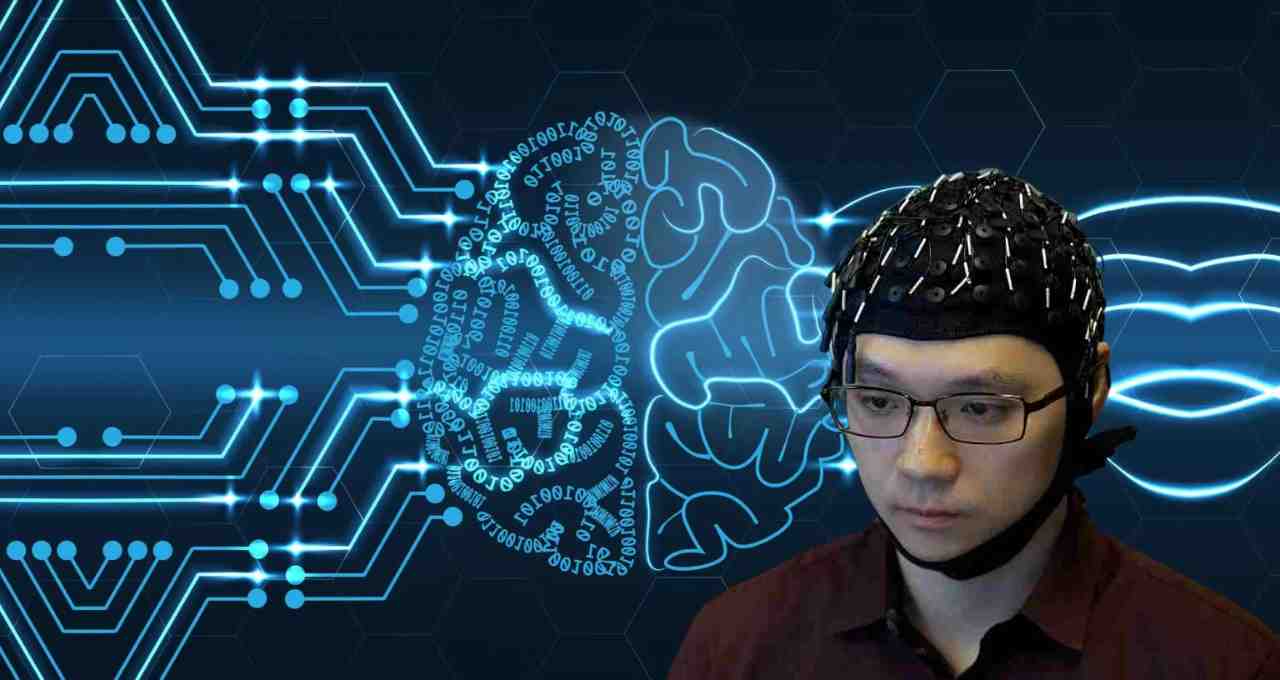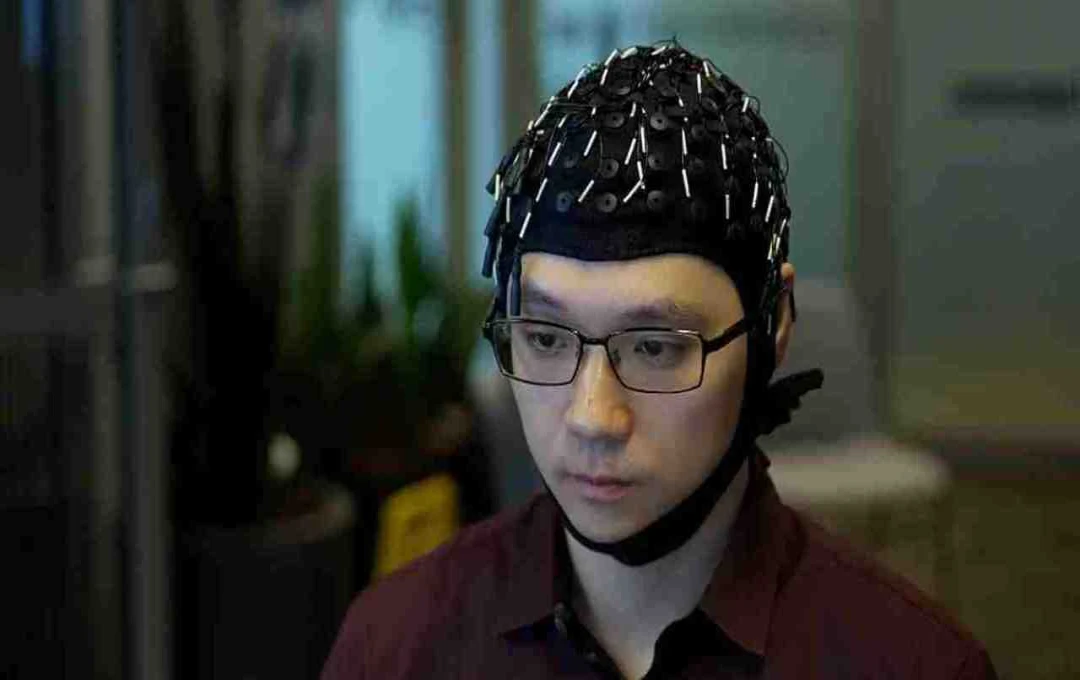Researchers at the University of Technology Sydney (UTS) in Australia have developed a non-invasive AI smart cap that can directly convert human brainwaves into text. This technology could prove revolutionary for patients with stroke, paralysis, and speech impairments, making the process of converting thoughts into words more accurate and safe.
AI Smart Cap Technology: Researchers at the University of Technology Sydney (UTS) in Australia have developed a unique non-invasive AI smart cap that can directly convert human thoughts into text. This research was led by Charles (Jinzhao) Zhou and his supervisors, Chin-Teng Lin and Dr. Leiong. The aim of this technology is to help patients with stroke, paralysis, and speech difficulties, while also facilitating the understanding of brain patterns through a combination of EEG and AI. Being non-invasive, it is considered a safe and reliable method.
Sydney Researchers Create Thought AI Model

Researchers in Australia have developed a new Artificial Intelligence (AI) system that can directly convert human brainwaves into text. Scientists at the University of Technology Sydney (UTS) are using this technology to read thoughts and understand brain-related patterns, whereas until now, EEG (Electroencephalogram) has primarily been used to diagnose neurological diseases.
How the AI Model Works

Developed by PhD student Charles (Jinzhao) Zhou and his supervisors, Chin-Teng Lin and Dr. Leiong, this AI model uses deep learning technology to directly translate signals from EEG into words. For example, Dr. Leiong wore a 128-electrode EEG cap and simply thought, "I am jumping happily, it's just me," and the AI accurately converted it into text. Currently, this model is trained on a limited vocabulary and set of sentences.
From Signals to Words
The signals obtained from EEG are often complex, as they originate from various brain sources. The AI model uses advanced technology to remove unwanted noise and clean up the actual brainwave patterns, converting them into text. This makes the process of converting thoughts into words more accurate and reliable.
Non-Invasive Technology
Technologies like Elon Musk's Neuralink adopt invasive methods to decode thoughts, meaning a device is directly implanted into the brain. In contrast, this discovery by Australian scientists is completely non-invasive. According to Professor Lin, with non-invasive technology, it is not possible to directly access the part of the brain where words are decoded, so accuracy is limited, but it is safe and practically useful.
Revolution in the Medical Field
This technology is beneficial for patients facing problems such as stroke, paralysis, or speech difficulties. Its use can also increase possibilities in speech therapy and rehabilitation related to autism. Scientists around the world are working on new brain-related possibilities by combining EEG and AI. Recently, researchers at Mass General Brigham developed an AI tool that can analyze EEG patterns during sleep to predict cognitive decline with 85% accuracy.
How the Smart Cap Works
This smart cap is equipped with advanced sensors and deep learning algorithms. When a person thinks, neural signals are generated in their brain. The cap transmits these signals to the AI system, which decodes them and converts them into text. This means that even a person with a serious illness or unable to speak can communicate their thoughts to others simply by thinking.















